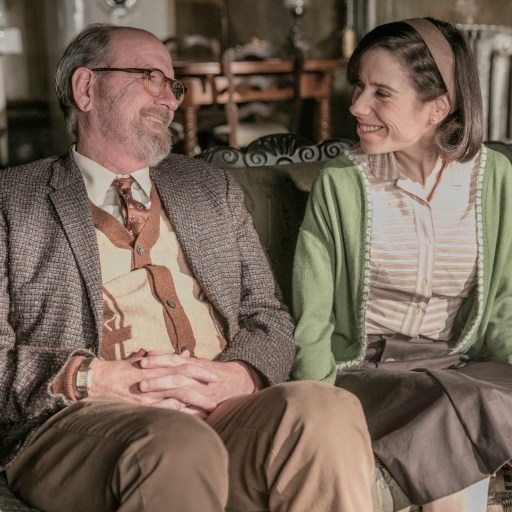Mike Flanagan's Hidden Treasure
/IMAGE COURTESY OF SPOILERTV.COM
Director and writer Mike Flanagan has been a rising star in the horror renaissance for years now, but has perhaps, depending on who you ask, reached the pinnacle of his career so far in the production and release of the Netflix television series The Haunting of Hill House. Hill House has, deservedly, brought him more exposure and adulation than ever before. Although each of his films nurture a loyal and staunch group of admirers and the name Mike Flanagan was by no means unknown before the October release of the series (he had, in fact, released the Netflix film Gerald’s Game the previous year), Hill House gave him the opportunity to demonstrate his creative abilities through a multi-generational, almost epic story of family grief, loss and redemption across a huge streaming platform accessed by millions of people. The argument can be made that Hill House, as a television series that spans so much time and so much thematic content, is more accessible because of its broadness than his concise take on Stephen King’s one-woman novel, and has been seen and discussed by far more people. EVERYONE is talking about Mike Flanagan, and this mass exposure is new and probably bittersweet (recognition is lovely but adds pressure to the artist to satisfy their now-massive group of followers.)
It must also be relatively startling to a director who has had several films open to very limited release—films such as Hush and Oculus, as well as a film that, for a long time, looked like it would never be released. This film is called Before I Wake.
image courtesy of relativity media
Mike Flanagan had immense trouble with the release and promotion of this film, and it is not easily accessible in the way of other films (Amazon, for example, does not sell the DVD). This is partly because the company in charge of production and release, Relativity Media, postponed the release date several times and eventually declared bankruptcy. The film was eventually released in July 2016 (over a year after its intended release date,) and Netflix acquired the rights to it in 2017.
Let me clarify something: it’s not a horror film. At least, not in the way of Flanagan’s other films: Absentia, Oculus, Hush, Gerald’s Game, and Ouija: Origin of Evil. It previews somewhat the narrative and thematic decisions behind Hill House, and the way (spoilers!) Hill House is not a story about monsters chasing people, not in the traditional sense. Sure, there are ghosts and baddies but they aren’t actually the heart of the story. The heart of the story is a family whose members suffer tremendously from monsters and ghosts they have created themselves, that exist within them. Before I Wake, although a more optimistic film, acts as a prelude to these types of concerns.
Before I Wake tells the story of foster parents Jessie (Kate Bosworth) and Mark (Thomas Jane), who have recently lost a biological son and who are optimistic but cautious about welcoming Cody (Jacob Tremblay pre-Room), an eight-year-old orphan, into their home. They quickly discover Cody’s ability to bring his dreams (and nightmares) to life. For those who have not seen the film, I’m sure assumptions are abounding (evil child!) but it’s not as cut-and-dry as the formula would lead you to believe. Instead, Flanagan takes great pains to tell a story of grief so immense and incomprehensible, especially to a child, that it becomes an object of terror, the boogeyman in the closet, the monster under the bed. I have never seen a film that engages with this idea as effectively and beautifully as this one, and horror fans complaining about the lack of “genuine” horror would do well to keep in mind that grief in itself is often terrifying, especially when one is forced to relive it over and over.
This film is criminally under-watched and underrated, and it obviously does not help matters that it is very difficult to access (although Netflix Canada had it up for awhile, it’s now gone). Critics have been lukewarm about it and audiences have mostly dismissed it. But I would argue that it is an important predecessor to the success Flanagan is currently enjoying: as a writer and director, he has made it clear that it is not simply horror that is horrific, but that other, equally insidious but less definable things (imagination, grief, mental illness, empathy) can become horrific if they are not understood and properly dealt with.
Meagan wants to eat your children. But she’s super fun.







